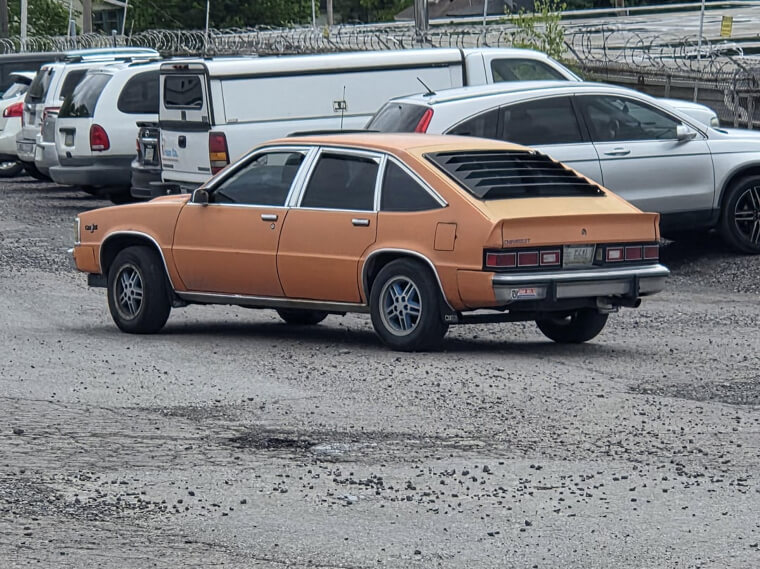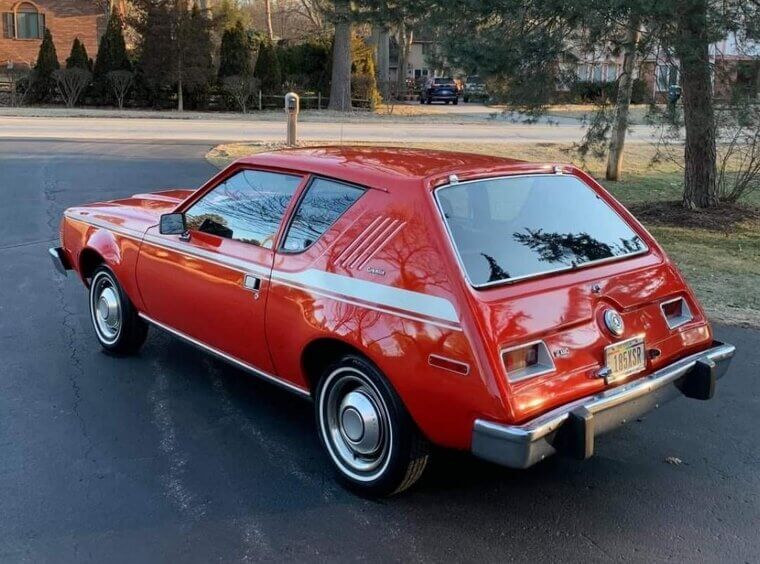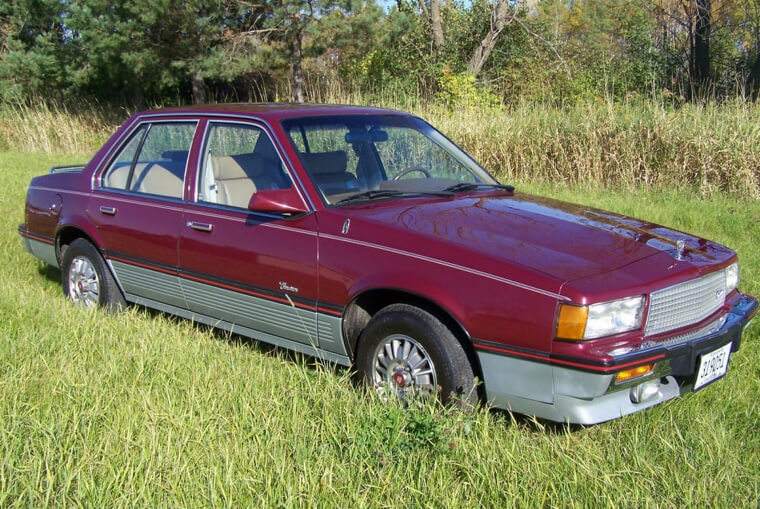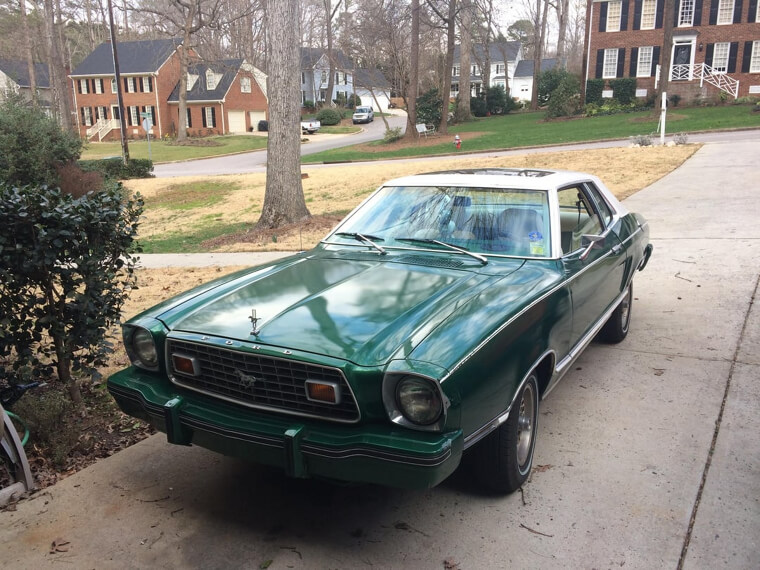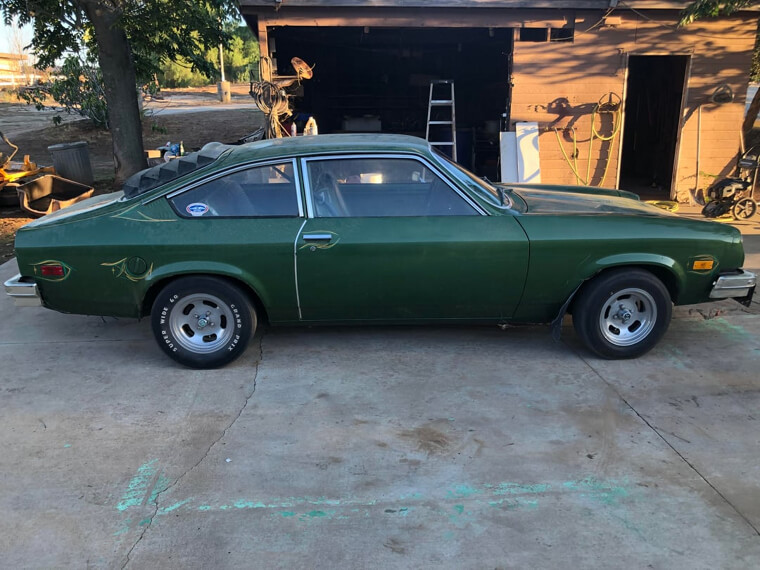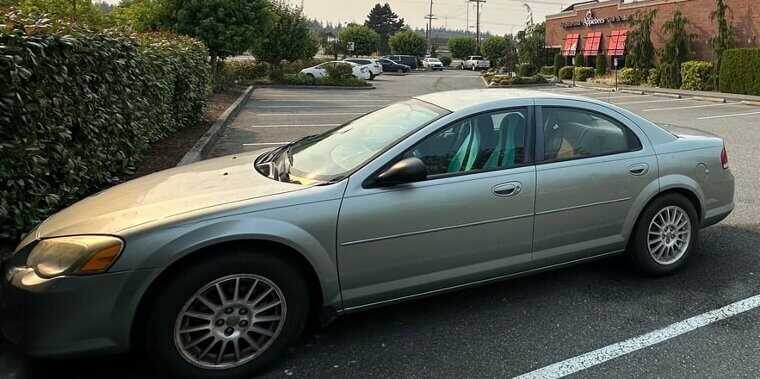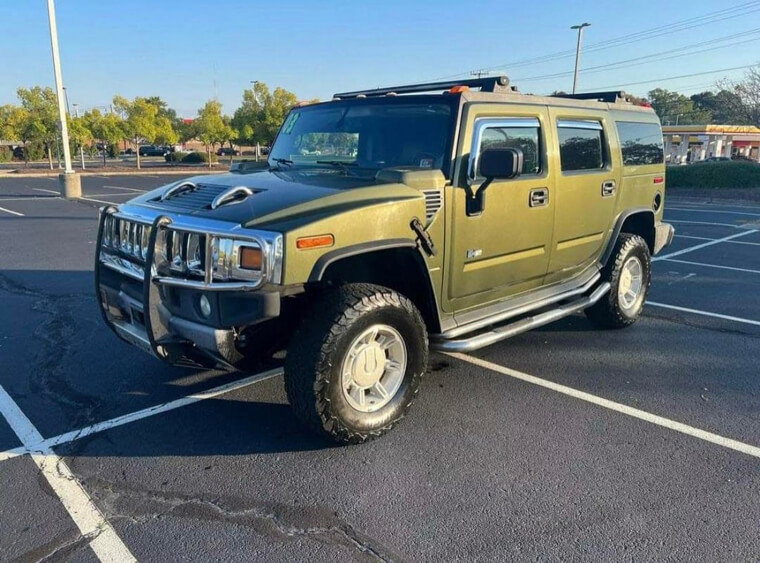When ‘Buy American’ Didn’t Mean Quality: Loyalty Tested by Bad Experiences
For decades, “buy American” was more than a slogan, it was a point of pride. But not every U.S.-made car lived up to expectations. Poor reliability, high costs, or design missteps left many drivers questioning whether buying American was always the best financial and practical choice.
Ford Pinto: Safety Scandal That Tarnished Trust
The Ford Pinto became infamous in the 1970s for fuel tank explosions in rear-end collisions. Despite being affordable, its safety record damaged consumer confidence. Many Americans felt betrayed by a domestic automaker that seemed to prioritize cost over lives, and the Pinto became a symbol of why “buy American” wasn’t always best.
Chevrolet Citation: The Recall King of the 1980s
The Chevrolet Citation launched with excitement but quickly racked up recalls and reliability complaints. It was supposed to be GM’s future, yet it left drivers with costly repair bills. For many, this car showed that domestic manufacturers were not always delivering the quality promised by patriotic marketing campaigns.
Dodge Aspen and Plymouth Volaré: Rust and Recalls Galore
Marketed as practical family cars, the Dodge Aspen and Plymouth Volaré turned out to be rust-prone and plagued with defects. Their poor durability raised questions about Chrysler’s commitment to quality. Many Americans wondered why buying American meant accepting cars that could not hold up over just a few winters.
AMC Gremlin: Odd Looks and Worse Reliability
AMC’s Gremlin was intended as a quirky, affordable compact. Instead, it became a punchline for its unusual styling and mechanical issues. While some buyers appreciated its low cost, many regretted their purchase. The Gremlin reinforced the idea that loyalty to American automakers sometimes came at the expense of quality.
Cadillac Cimarron: Luxury Name, Economy Car Parts
The Cadillac Cimarron is often criticized as a badge-engineered Chevy Cavalier with a luxury price tag. It disappointed buyers who expected true Cadillac quality. For loyalists, it felt like a betrayal of trust, proving that buying American luxury did not always guarantee craftsmanship or value for the money.
Ford Mustang II: The Pony Car That Lost Its Power
The Ford Mustang II arrived during the oil crisis but lacked the performance that made the Mustang legendary. Downsized engines and quality complaints left enthusiasts disillusioned. Many Americans realized that supporting a domestic icon sometimes meant buying into nostalgia rather than genuine value or excitement behind the wheel.
Chevy Vega: An Economy Car With Endless Problems
The Chevrolet Vega promised affordability and innovation but delivered rust issues, engine failures, and costly recalls. Owners quickly soured on the model, which became synonymous with disappointment. For many, the Vega was the car that finally made them consider imports, undermining decades of buy American loyalty.
Chrysler Sebring: A Flop in the New Millennium
The Chrysler Sebring was marketed as stylish and affordable, but it struggled with poor reliability and lackluster performance. By the 2000s, American buyers had higher expectations, and this car did not deliver. Many shoppers began turning to Japanese and Korean alternatives, questioning what they were really getting by staying loyal.
Hummer H2: Big Costs and Bigger Regrets
The Hummer H2 symbolized excess with poor fuel economy, high maintenance costs, and impractical size. While it attracted attention, many Americans regretted the financial drain. It showed that just because a vehicle was American-made did not mean it fit the needs or budgets of everyday drivers trying to save money.



